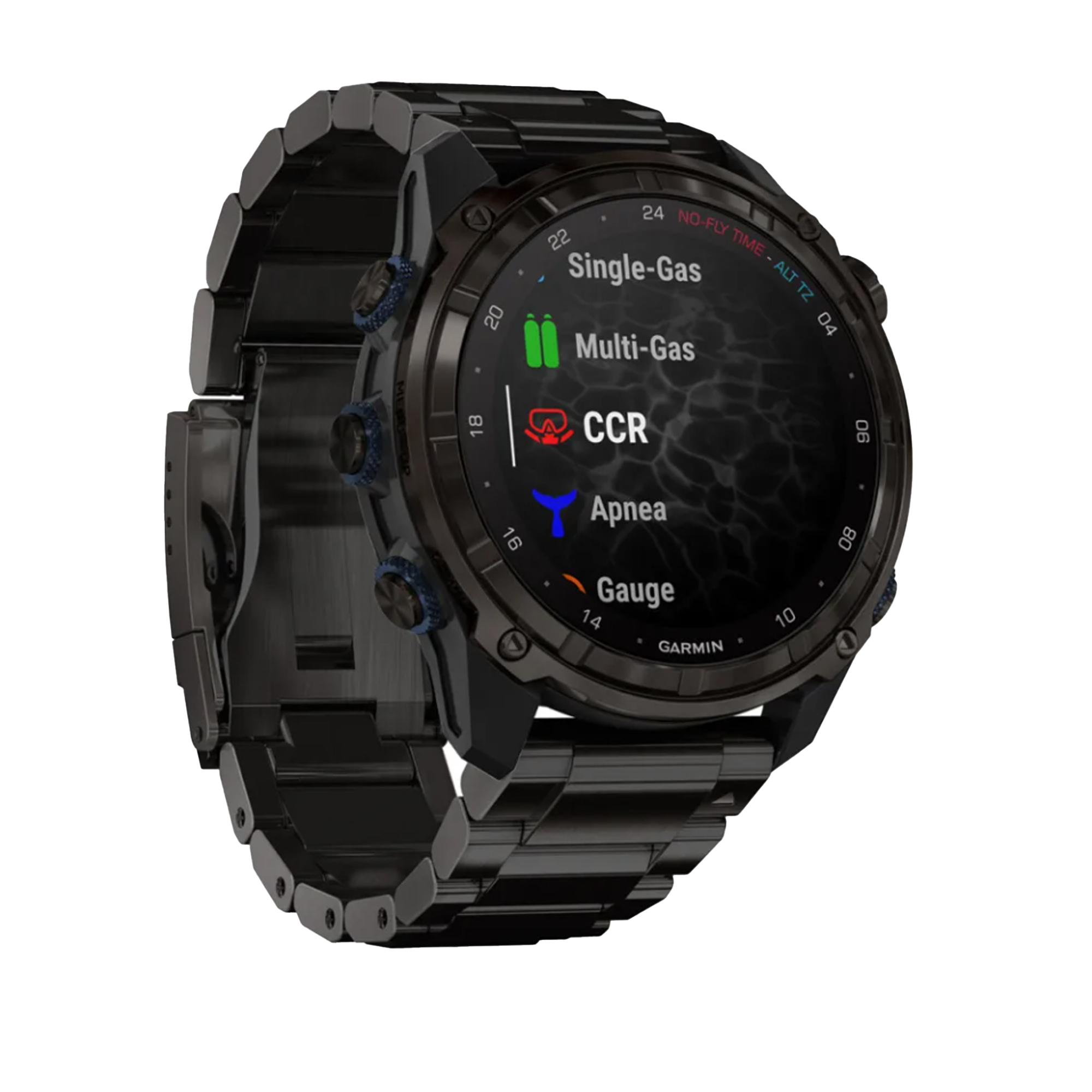Navigation
These shark defence products repel the sharks via an electric field that induces spasms in the sharks' snouts. It does not attract sharks to the area or leave permanent damage to the animals, or harm the environment. These products are proven to prevent shark attacks.
Sierra Nevada
![]() Wreck Dive |
Wreck Dive | ![]() Shore access
Shore access
![]()
![]()
![]()
![]()
Three-Masted Iron Ship | Max Depth: 7 m (23 ft)
Level: Open Water and beyond.
The Sierra Nevada shipwreck lies east of The Rip to the west of London Bridge and Timms Tunnel about 300 m (984 ft) from shore of the back beaches on Mornington Peninsula, Victoria.
The area is very wild and is rarely dived as it needs exceptionally calm conditions.
Diving and Snorkelling the Sierra Nevada Shipwreck
The remains of the Sierra Nevada shipwreck lie approx 300 metres from shore in 3 to 6 metres of water on a mobile sand bottom. The remains are distributed along a 0 to 180 degree axis north-south with visible remains extending 58 metres. The vessel is heavily broken up with large sections of iron plate and framing scattered over an area of 1740 sq m (i.e. 58 m by 30 m).
At the stern (southern end of the site) iron and cargo items have been cemented by iron corrosion products/seabed detritus/sand. In some places, this cement capping has broken through divers illegally using cold chisels and crowbars to reveal well-preserved ceramics and bottles. Other visible items include workshop machinery, i.e. a lathe bed, etc. as well as a large amount of flat iron bar which may have been ballast or cargo.
The Sierra Nevada is easily accessible, though not often diveable. It's known to contain large amounts of goodies which have been targeted in the past by illegal looters. A number of ceramics were raised by authorities to ensure the survival of some material. These ceramics are consistent with a wreck circa 1900. Size of wreckage scatter/dimensions of structural members consistent with an iron vessel 1500 tons and 200 to 250 feet in length.
See WillyWeather (Portsea Surf Beach) as a guide for the tide times and the height of the tide.
Back Beach Warning: Always keep an eye on sea conditions throughout any dive on the Back Beaches of the Mornington Peninsula. Please read the warnings on the web page diving-the-back-beaches before diving or snorkelling this site.
Bass Strait Warning: Always keep an eye on sea conditions throughout any shore or boat dive in Bass Strait on Victoria's coastline. Please read the warnings on the web page diving-in-bass-strait before diving or snorkelling this site.
Sierra Nevada Shipwreck History — Built in 1877
The Sierra Nevada was a three-masted two-deck iron ship, built in 1877, by Oswald, Mordaunt and Co, at their Southampton, England shipyard. The Sierra Nevada was owned by the Sierra Shipping Company managed by Thompson, Anderson and Co. of Liverpool. The British registered vessel is described in the Lloyds Shipping Register as being 233 ft (71 m) long, 37.6 ft (11 m) in breadth, and 23.5 ft (7.16 m) in depth. The vessel was a 1,470 ton (net), 1,523 ton (gross). The hull was of iron with a single cemented bulkhead. The Sierra Nevada had a 100A1 classification with Lloyds of London (1).
The Sierra fleet consisted of fourteen vessels all of steel or iron construction and all fully-rigged three-masted ships apart from one barque. Features common to all vessels of the Sierra line were the French grey hulls, white spars and short naval mastheads. The ships were mostly built for the Rangoon rice trade and were, therefore, more carriers than fliers.
The Sierra Nevada is historically significant and representative of a small group of large iron-hulled international cargo sailing vessels wrecked on Victoria's west coast. The Sierra Nevada has some social significance as the events surrounding the wreck and its aftermath represented extreme ends of the local community's social values. As part of the group of iron-hulled trading vessels wrecked on the west coast, Sierra Nevada's cargo helps makes up part of the picture of the particular tastes of Victorian society and economy in the late 19th century. The Sierra Nevada has broken up and is scattered over a large area at the Portsea Back Beach, Point Nepean, Port Phillip Heads.
There is potential for archaeological significance through typology studies of cargo materials providing reference information for other areas of historical archaeological research. Scientifically, Sierra Nevada can contribute to corrosion studies as an iron-hulled vessel carrying iron cargo.
Sierra Nevada Sinking — Wrecked 9 May 1900
The Sierra Nevada left Liverpool, England on 16 January 1900 under the command of Captain John Scott of Manchester, and a crew of 27 bound for Melbourne, Australia with a particularly large and valuable cargo comprising in all 2,600 tons of general merchandise. On 8 May 1900, after a routine voyage of 112 days at sea, the vessel arrived outside Port Phillip Heads in very rough weather. While waiting outside the heads blue lights were burned as a signal for the pilot schooner.
A strong southerly was blowing and shortly after midnight, the ship was driven inshore onto the reef on 9 May 1990, in the vicinity of London Bridge. On striking the reef the captain gave the order to let go the anchor but it failed to hold and the ship drifted broadside on. Up until the impact no distress rockets had been fired as the captain was unaware that the vessel was in danger.
It appears that in the squally conditions the Sierra Nevada had unwittingly overshot the pilot ground despite the pilot schooner burning white flares regularly. Subsequent investigations revealed that the pilot was unaware of the arrival of the Sierra Nevada. On this particular morning, the pilot station was some five miles out from the heads which was some distance further out than usual due to the heavy weather.
The Sierra Nevada rapidly went to pieces in the pounding surf with the loss of 23 of the 28 crew. A memorial gravestone is located in the Sorrento cemetery marking the spot where Captain Scott and ten crewmen are buried and is dedicated to the 23 crew lost.
At daybreak the beach west of London Bridge was seven feet deep in the wreckage. Locals rushed to the scene some to render assistance, others to help themselves to numerous casks of whisky that had been washed ashore. Pilfering became so rife in fact that a detachment of Permanent Artillery were stationed about the beach the following morning. On the 5 June 1900, the remains of the Sierra Nevada were sold for 53 pounds.
See also, Heritage Council Victoria: Sierra Nevada,
Australian National Shipwreck Database: Sierra Nevada,
MAAV: Sierra Nevada 1877-1900, and
Wreck Of Sierra Nevada in "Shore Dives of Victoria" by Ian Lewis, 3rd edition page 112.
Heritage Warning: Any shipwreck or shipwreck relic that is 75 years or older is protected by legislation. Other items of maritime heritage 75 years or older are also protected by legislation. Activities such as digging for bottles, coins or other artefacts that involve the disturbance of archaeological sites may be in breach of the legislation, and penalties may apply. The legislation requires the mandatory reporting to Heritage Victoria as soon as practicable of any archaeological site that is identified. See Maritime heritage. Anyone with information about looting or stolen artefacts should call Heritage Victoria on (03) 7022 6390, or send an email to heritage.victoria@delwp.vic.gov.au.
Traditional Owners — This dive site is in the traditional Country of the Boon Wurrung / Bunurong people of the Kulin Nation. This truly ancient Country includes parts of Port Phillip, from the Werribee River in the north-west, down to Wilson's Promontory in the south-east, including the Mornington Peninsula, French Island and Phillip Island, plus Western Port. We wish to acknowledge the Boon Wurrung as Traditional Owners. We pay respect to their Ancestors and their Elders, past, present and emerging. We acknowledge Bunjil the Creator Spirit of this beautiful land, who travels as an eagle, and Waarn, who protects the waterways and travels as a crow, and thank them for continuing to watch over this Country today and beyond.
Sierra Nevada Location Map
Latitude: 38° 19.790′ S (38.329833° S / 38° 19′ 47.4″ S)
Longitude: 144° 41.250′ E (144.6875° E / 144° 41′ 15″ E)
Datum: WGS84 |
Google Map
| Get directions
Added: 2012-07-22 09:00:00 GMT, Last updated: 2022-04-30 04:29:45 GMT
Source: Book - Shipwrecks Around Port Phillip Heads GPS (verified)
Nearest Neighbour: Norwester, 278 m, bearing 106°, ESE
Iron hulled, two deck, three-masted ship, 1523 ton.
Built: Southampton, England, 1877.
Sunk: 9 May 1900.
Portsea, Back Beaches, Mornington Peninsula.
Depth: 3 to 7 m.
[ Top ]
DISCLAIMER: No claim is made by The Scuba Doctor as to the accuracy of the dive site coordinates listed here. Should anyone decide to use these GPS marks to locate and dive on a site, they do so entirely at their own risk. Always verify against other sources.
The marks come from numerous sources including commercial operators, independent dive clubs, reference works, and active divers. Some are known to be accurate, while others may not be. Some GPS marks may even have come from maps using the AGD66 datum, and thus may need be converted to the WGS84 datum. To distinguish between the possible accuracy of the dive site marks, we've tried to give each mark a source of GPS, Google Earth, or unknown.
Copyright © 2005-2022 by The Scuba Doctor Australia, ABN 88 116 755 170. All rights reserved.
tel. +61 3 5985 1700 :: email. diveshop@scubadoctor.com.au :: Web site by it'sTechnical 2022



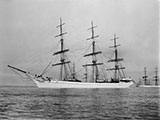
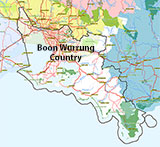


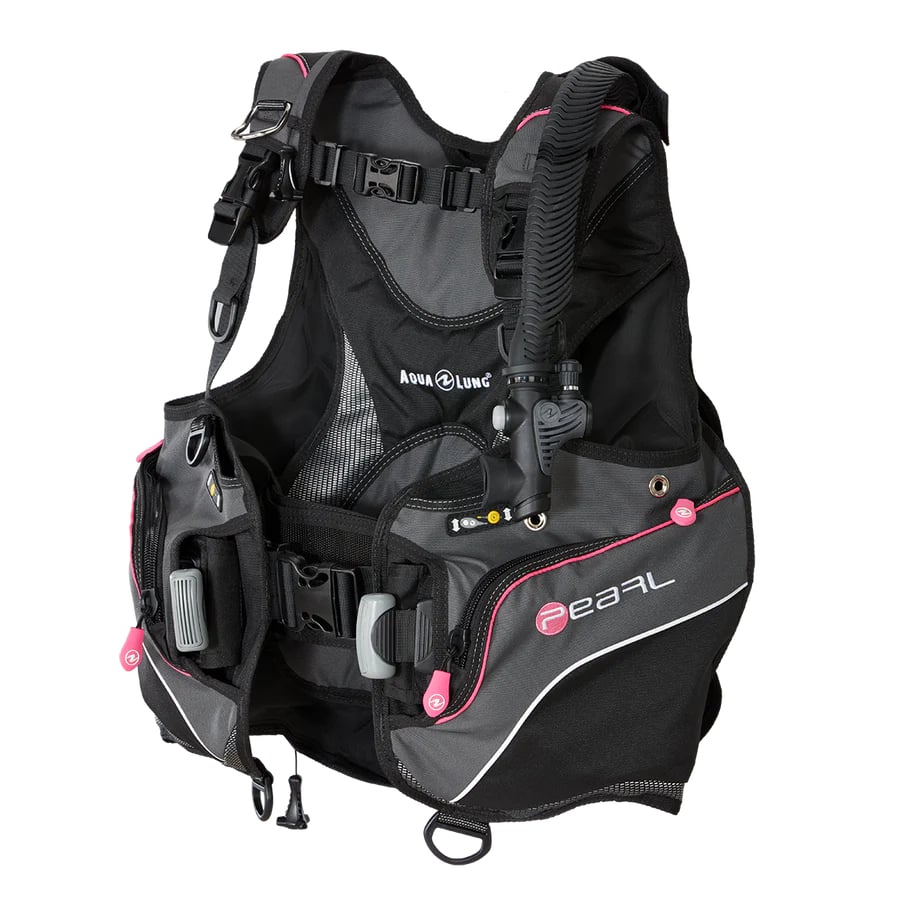
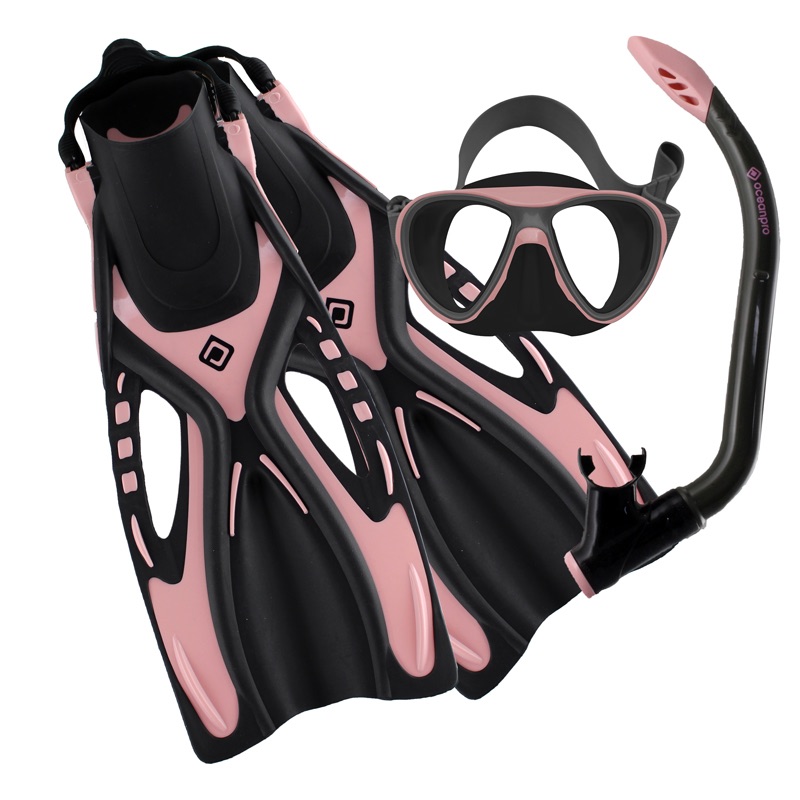




![Halcyon Infinity 30lb System [SS Small Backplate] Halcyon Infinity 30lb System [SS Small Backplate]](/diveshop/images/halcyon/Halcyon-Evolve-Wing.jpg)







